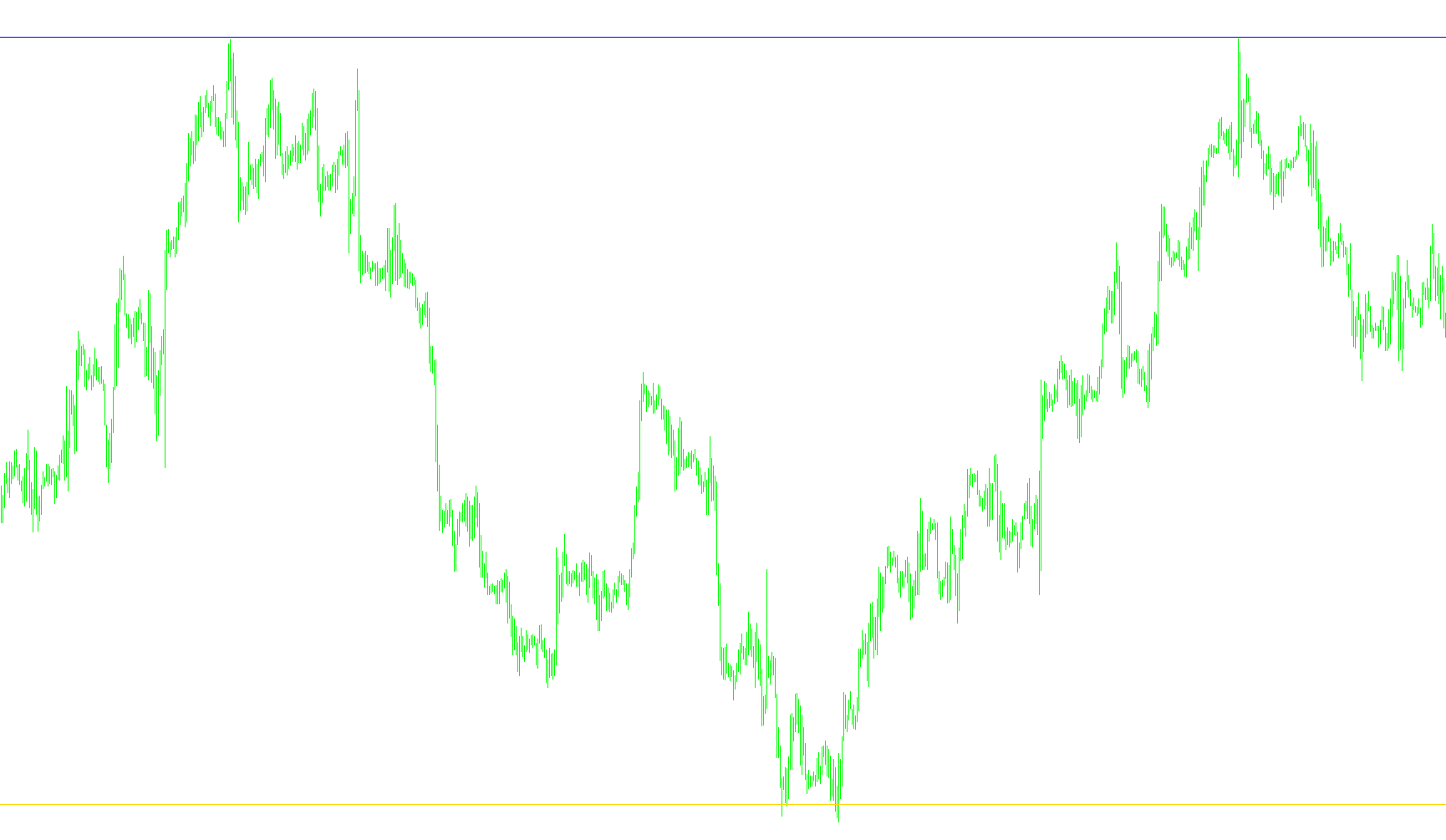
//+------------------------------------------------------------------+
//| StochasticRVI.mq4 |
//| |
//| Stochastic RVI |
//| |
//| Algorithm taken from book |
//| "Cybernetics Analysis for Stock and Futures" |
//| by John F. Ehlers |
//| |
//| contact@mqlsoft.com |
//| http://www.mqlsoft.com/ |
//+------------------------------------------------------------------+
#property copyright "Coded by Witold Wozniak"
#property link "www.mqlsoft.com"
#property indicator_separate_window
#property indicator_buffers 2
#property indicator_color1 Red
#property indicator_color2 Blue
#property indicator_level1 0
#property indicator_minimum -1
#property indicator_maximum 1
double StocRVI[];
double Trigger[];
double RVI[];
double Value1[];
double Value2[];
double Value3[];
extern int Length2 = 8;
int buffers = 0;
int drawBegin = 0;
int init() {
drawBegin = Length2;
initBuffer(StocRVI, "Stochastic RVI", DRAW_LINE);
initBuffer(Trigger, "Trigger", DRAW_LINE);
initBuffer(RVI);
initBuffer(Value1);
initBuffer(Value2);
initBuffer(Value3);
IndicatorBuffers(buffers);
IndicatorShortName("Stochastic RVI [" + Length2 + "]");
return (0);
}
int start() {
if (Bars <= drawBegin) return (0);
int countedBars = IndicatorCounted();
if (countedBars < 0) return (-1);
if (countedBars > 0) countedBars--;
int s, limit = Bars - countedBars - 1;
for (s = limit; s >= 0; s--) {
Value1[s] = ((Close[s] - Open[s]) +
2.0 * (Close[s + 1] - Open[s + 1]) +
2.0 * (Close[s + 2] - Open[s + 2]) +
(Close[s + 3] - Open[s + 3])) / 6.0;
Value2[s] = ((High[s] - Low[s]) +
2.0 * (High[s + 1] - Low[s + 1]) +
2.0 * (High[s + 2] - Low[s + 2]) +
(High[s + 3] - Low[s + 3])) / 6.0;
double Num = 0.0;
double Denom = 0.0;
for (int count = 0; count < Length2; count++) {
Num += Value1[s + count];
Denom += Value2[s + count];
}
if (Denom != 0.0) {
RVI[s] = Num / Denom;
} else {
RVI[s] = 0.0;
}
double rvi = RVI[s];
double hh = rvi, ll = rvi;
for (int i = 0; i < Length2; i++) {
double tmp = RVI[s + i];
hh = MathMax(hh, tmp);
ll = MathMin(ll, tmp);
}
Value3[s] = 0.0;
if (hh != ll) {
Value3[s] = (rvi - ll) / (hh - ll);
}
StocRVI[s] = (4.0 * Value3[s] + 3.0 * Value3[s + 1] + 2.0 * Value3[s + 2] + Value3[s + 3]) / 10.0;
StocRVI[s] = 2.0 * (StocRVI[s] - 0.5);
Trigger[s] = 0.96 * (StocRVI[s + 1] + 0.02);
}
return (0);
}
void initBuffer(double array[], string label = "", int type = DRAW_NONE, int arrow = 0, int style = EMPTY, int width = EMPTY, color clr = CLR_NONE) {
SetIndexBuffer(buffers, array);
SetIndexLabel(buffers, label);
SetIndexEmptyValue(buffers, EMPTY_VALUE);
SetIndexDrawBegin(buffers, drawBegin);
SetIndexShift(buffers, 0);
SetIndexStyle(buffers, type, style, width);
SetIndexArrow(buffers, arrow);
buffers++;
}
Comments